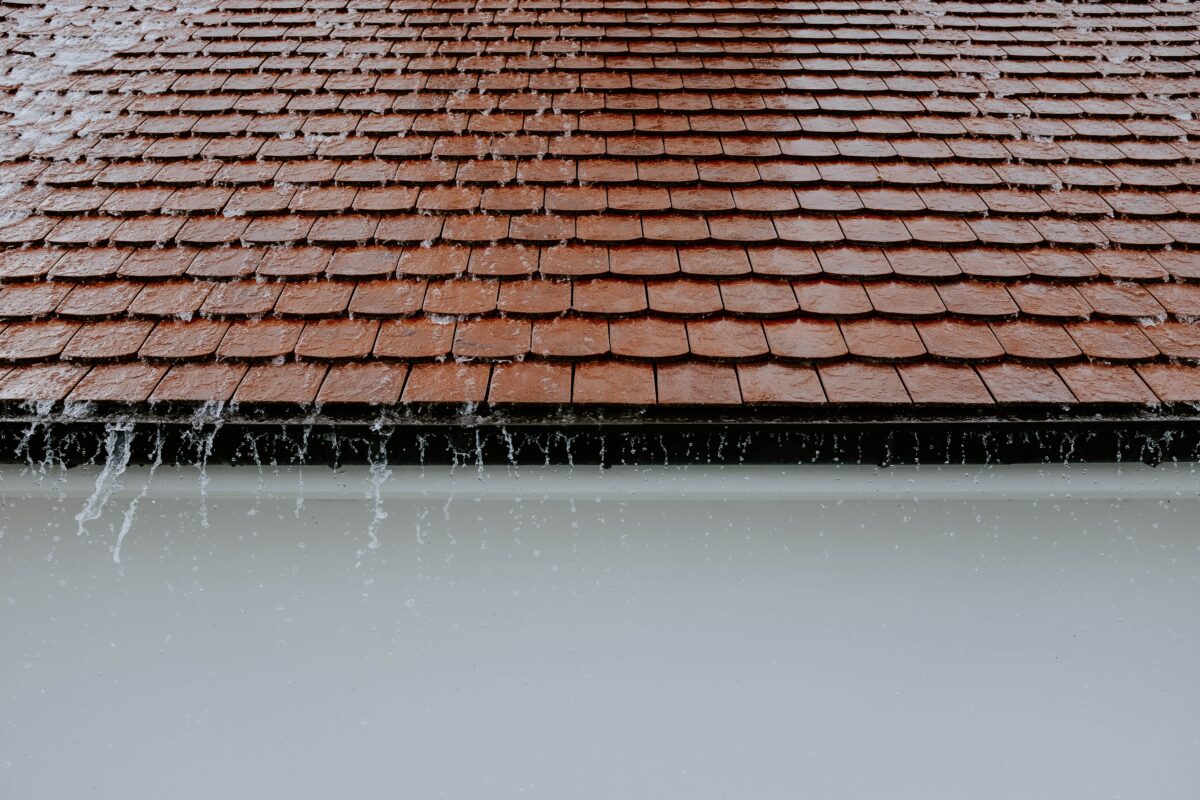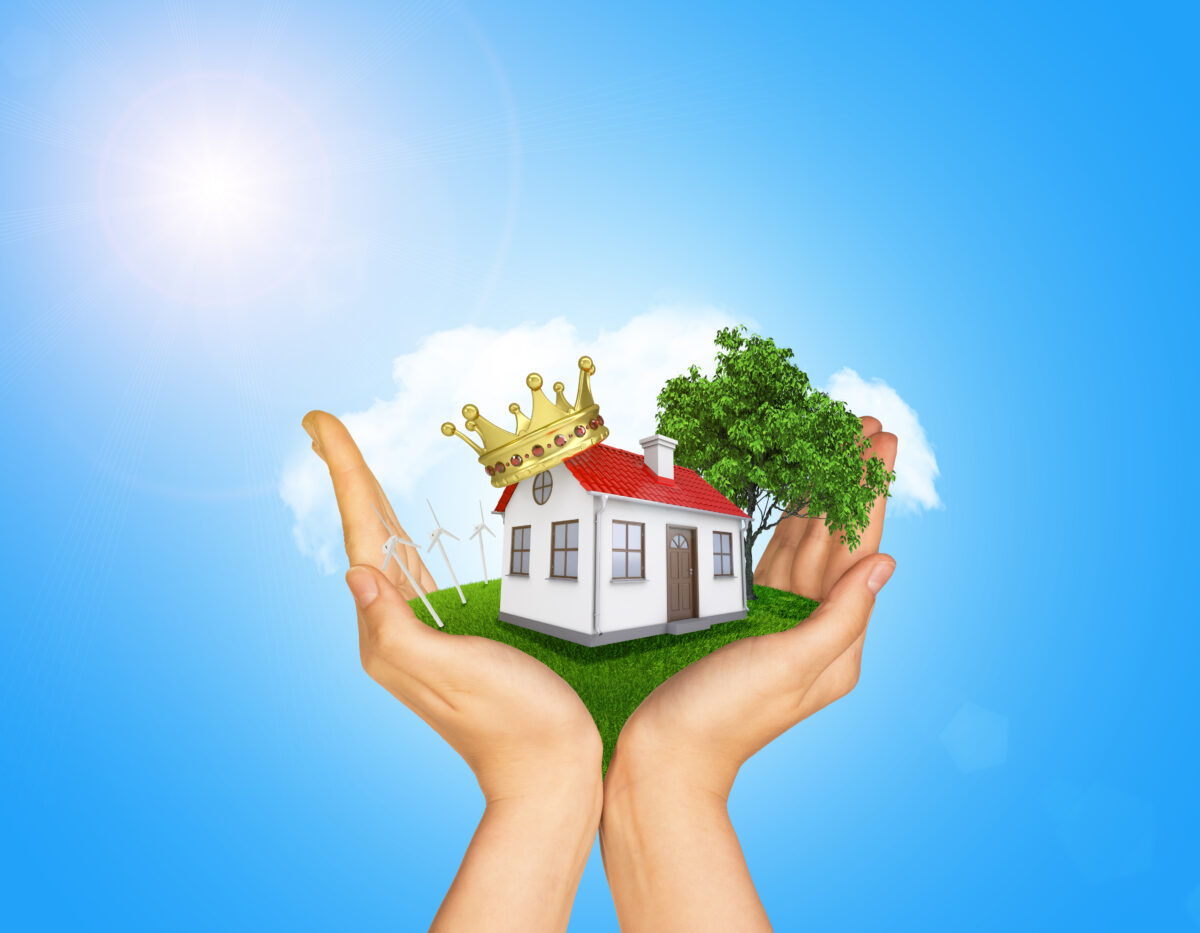Wondering about waterproofing your chimney? You’re in the right place.
When winter rolls in with its chilly winds and icy rains, the last thing you want is water seeping through your chimney and into your cozy living room. Many homeowners overlook the importance of chimney waterproofing, not realizing that this simple measure can prevent a host of problems caused by moisture intrusion. Waterproofing your chimney before the onset of winter is not just about maintaining the structure; it’s about ensuring the warmth and safety of your home.
In this blog, we’ll delve into the reasons why chimney waterproofing is essential, the process involved, and why it’s a task best entrusted to professionals. So, before you settle in for the winter season, let’s explore how you can safeguard your chimney against the harsh elements and keep your home dry and comfortable.
Why waterproof your chimney?
Water might seem harmless, but when it comes to your chimney, it’s anything but. Winter brings rain (and snow and sleet, depending on where you live,) all of which can seep into the bricks and mortar of your chimney. This can lead to:
- Structural Damage: Water expands when it freezes, leading to cracks and even collapse.
- Mold and Mildew: Moisture is a breeding ground for unwanted growths.
- Efficiency Loss: A damp chimney liner can affect the draw of your fireplace, reducing its efficiency.
The Waterproofing Shield: How It Works
The Process
Waterproofing a chimney isn’t just slapping on some sealant. It’s a detailed process that requires precision:
- Inspection: A thorough check to identify any pre-existing issues.
- Repair: Fixing cracks or damages before waterproofing.
- Cleaning: Removing soot, dirt, and debris.
- Application: Using a specially formulated waterproofing agent that allows the chimney to breathe while keeping water out.
The Materials
The market is awash with waterproofing products, but not all are created equal. A quality chimney waterproofing agent:
- Is vapor-permeable, allowing the chimney to “breathe”.
- Resists UV rays, ensuring longevity.
- Is environmentally friendly, because we care about the planet too.
DIY vs Professional
You might be tempted to turn chimney waterproofing into a weekend DIY project, but there are several compelling reasons to reconsider this approach. First and foremost, professionals bring a level of expertise that is crucial for this task. They deeply understand the nuances of different chimney types, which is vital for effective waterproofing. Safety is another critical factor; working on a roof can be extremely risky without the proper equipment and training, risks that professionals are equipped to handle.
Moreover, the quality of work is significantly higher with professionals. They have access to high-grade materials not typically available in retail stores, ensuring a more durable and effective waterproofing job. In summary, while DIY might seem appealing, the expertise, safety, and quality professionals offer make them a more reliable choice for waterproofing your chimney.
The Cost of Neglect
Think skipping on waterproofing is a cost-saving move? Let’s debunk that myth. Ignoring chimney waterproofing can lead to:
- Expensive repairs from structural damage.
- Higher heating bills due to inefficient chimney draw.
- Health hazards from mold and mildew.
Timely Intervention: When to Waterproof
Spotting the Signs
Don’t wait for a leak to think about waterproofing. Watch for:
- Efflorescence: White staining on bricks indicates water absorption.
- Deteriorating Mortar Joints: This is a direct invitation for water to enter.
- Interior Water Stains: Signs of leaks that have already begun.
The Best Time to Act
Late summer or early fall is ideal, preparing your chimney for the harsh winter ahead. But any time is a good time to take action.
The Long-Term View: Maintenance is Key
Waterproofing isn’t a one-and-done deal. Regular inspections and touch-ups are crucial to maintain its effectiveness. It’s an ongoing commitment to protect your home.
Beyond Waterproofing: The Full Armor
Waterproofing is just one aspect. Consider these additional steps for comprehensive chimney care:
- Cap Installation: Keeps out rain, snow, and critters.
- Liner Inspection: Ensures your chimney efficiently vents smoke and gases.
- Regular Cleaning: Prevents soot and creosote buildup, reducing fire risk.
Waterproofing Myths Debusted
When it comes to waterproofing your chimney, there are several misconceptions that might deter homeowners from taking this crucial step. Let’s address and debunk two of the most common myths:
Myth 1: Waterproofing Ruins the Look of Your Chimney
Many people hesitate to waterproof their chimneys, fearing that it will alter the aesthetic appeal of their home’s exterior. However, this concern is based on outdated information.
Modern sealants used in the waterproofing process are designed to be invisible once applied. These advanced products provide robust protection against moisture without leaving any unsightly residue or altering the chimney’s original appearance. So, homeowners can rest assured that waterproofing their chimney will maintain the integrity and beauty of their home’s exterior.
Myth 2: Waterproofing your chimney is Too Expensive
Another common myth is the perceived high cost of chimney waterproofing. While it’s true that there is an upfront cost for professional waterproofing services, it’s important to consider this in the context of long-term savings.
The cost of repairing water damage – such as structural repairs, mold remediation, and even potential damage to interior spaces – can be significantly higher than the cost of preventative waterproofing. In fact, by investing in waterproofing, homeowners save money in the long run by avoiding these costly repairs.
Moreover, waterproofing extends the life of your chimney, further enhancing its cost-effectiveness. Therefore, while there is an initial investment, the financial benefits of avoiding expensive future repairs make waterproofing a smart and practical decision for any homeowner.
Your Home, Your Sanctuary
Your home is more than just walls and a roof; it’s your sanctuary. Protecting it from winter woes, like chimney leaks, is essential. Waterproofing may seem like a small step, but its impact is monumental. It’s about peace of mind, knowing your cozy corner remains undisturbed.
The Irish Sweep: Your Partner in Protection
As we wrap up, remember that waterproofing your chimney is a task best left to professionals.
This is where The Irish Sweep steps in. With years of experience, a team of skilled professionals, and a commitment to quality, we are your go-to for ensuring your chimney stands strong against winter’s onslaught.
Contact us to learn more and schedule your chimney waterproofing today.


